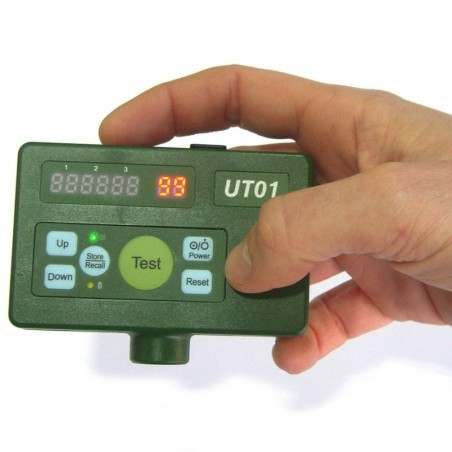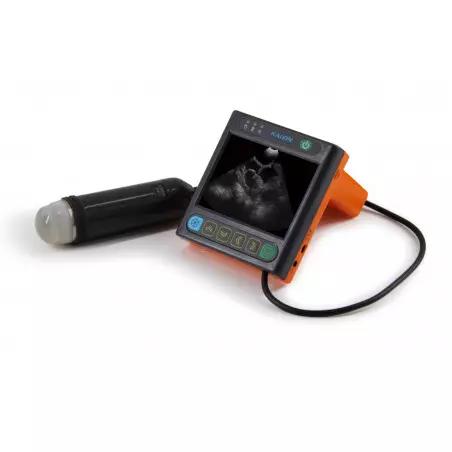I ntroduction
Due to the genetic improvements modern sows are able to produce over 70 weaned piglets during their productive live. In every herd, one can find these sows. However, many sows with the same genetic potential are not able to produce more than 20 weaned piglets because these sows are premature culled for reasons as poor reproduction and lameness. In most herds a part of the second litter of sows have a lower number of piglets born than the first litter sows. Increasing the percentage of sows in a herd that have live time production of more than 70 weaned piglets will increase over all herd production and will reduce the percentage of premature culling of sows. The body weight and backfat thickness of young sows are the key parameters for subsequent reproductive performance. In this paper the nutrient requirements of young sows will be discussed to bring them in a perfect condition in the farrowing room.

I mportance of body weight and backfat thickness in young sows
The importance of managing the rearing of the gilt will not be addressed here but can be find in papers of Gill (2007), Amaral Filha et al. (2010) and Johnson et al. (2010). In general, gilts should be bred in their second or third oestrus at body weight of about 140 kg as stated by Foxcroft (2002). Body weight and backfat thickness of the gilt at farrowing should be around 200 kg and 18 – 20 mm, respectively. Several studies show that when nulliparous sows (gilts) are too fat (> 22 mm) at farrowing, they will have a lower feed intake in lactation, will lose more body weight during lactation and will have a lower reproductive performance in the next litter. Also, low weight gilts at farrowing will perform poorer after lactation than gilts with a body weight of about 200 kg. The study of Quesnel et al (2005) shows that gilts of 240 kg at farrowing have better reproductive performance after a stress situation than gilts of 180 kg. However, the extra rearing cost should be considered.
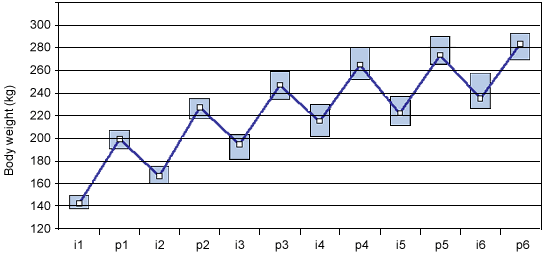
Figure 1. Body weight development of Hypor sows over 6 parities (I = insemination and F= farrowing).
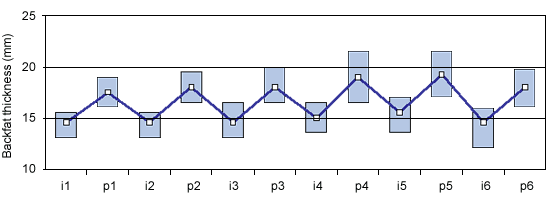
Figure 2. Backfat thickness development of Hypor sows over 6 parities (i = insemination and f= farrowing).
Knowledge about the optimal body weight and backfat thickness is needed to estimate nutrient and energy requirements of sows. Body weight and backfat thickness development of the Hypor sows of the Nutreco Swine Research farm over 6 parities are presented in figure 1 and 2, respectively. Body weight and backfat thickness at the beginning and end of gestation provide information how much protein and fat sows should gain during gestation. Furthermore, body weight is a good trait to estimate the energy requirements for maintenance. As shown in figure 3, maintenance requirements during gestation represents for about 70% of the energy requirements during gestation. Furthermore, energy is needed for the growth of the sow and the growth of the piglets, the latter is mainly at the end of gestation (figure 4). Using gestation models for sows tailor made feeding scheme can be made per parity, condition of the sow at mating and production level of the farm.

Figure 3. Energy requirements in gestation for maintenance, maternal growth and intra uterine growth.
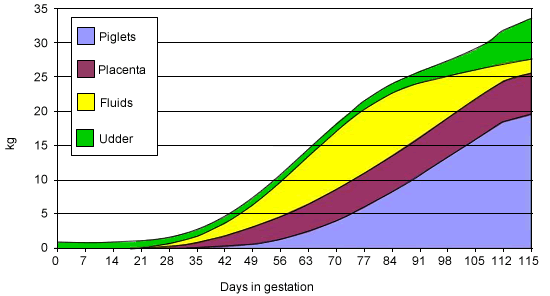
Figure 4. Weight development of piglets, placentas, fluids and udder during gestation.
D ifference between gilts and primiparous sows
Although there is only one cycle difference, there is big difference between the nutritional status of gilt and a primiparous sow at the moment of mating. The gilts are in good condition, whereas the primiparous sows have lost body weight and backfat thickness depending on the feed intake capacity and milk production. Due to the variation in feed intake and milk production of primiparous sows the variation in body weight and backfat thickness at mating will also increase. Data from Kim et al. (2001) show that during lactation sows not only lose muscle protein mass but also protein mass in the liver and reproductive tract (figure 5). The nutritional approach for primiparous sow in early gestation should therefore be different than for gilts. Recent data from Hoving et al. (2011) shows that increasing feeding level in early gestation to primiparous sows is beneficial for subsequent litter size (figure 6), whereas the beneficial effect of extra feed in early gestation to gilts are less obvious (Jindal et al. 1996 and Quesnel et al. 2010). The study of Hoving et al. (2011) suggest that a quick restore of body tissue after a lactation is beneficial for subsequent reproductive performance.

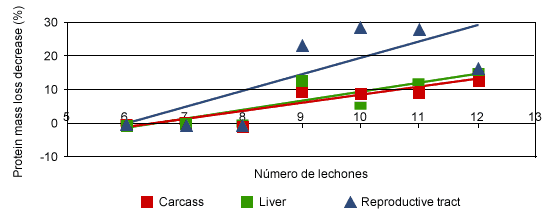
Figure 5. Protein mass loss during lactation in carcass, liver and reproductive tract (after Kim et al. 2001).

Figure 6. Effect of feeding level in the first 30 days after insemination in primiparous sows on subsequent litter size (after Hoving et al. 2010).
In conclusion: Modern sows have a high genetic potential for a high live time piglets production. To reach this potential extra attention is needed on energy and nutrient requirements in the gilts and primiparous sows.





